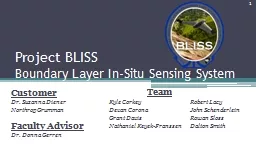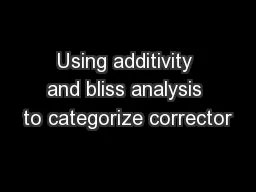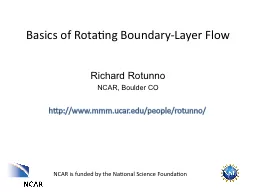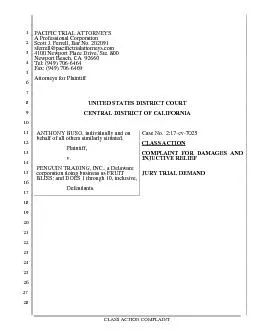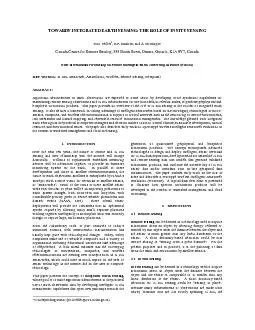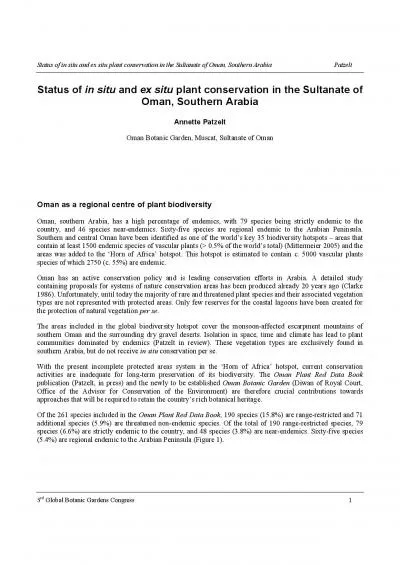PPT-Project BLISS Boundary Layer In-Situ Sensing System
Author : natalia-silvester | Published Date : 2018-11-05
Kyle Corkey Devan Corona Grant Davis Nathaniel KeyekFranssen Customer Dr Suzanna Diener Northrop Grumman Faculty Advisor Dr Donna Gerren Robert Lacy John Schenderlein
Presentation Embed Code
Download Presentation
Download Presentation The PPT/PDF document "Project BLISS Boundary Layer In-Situ Sen..." is the property of its rightful owner. Permission is granted to download and print the materials on this website for personal, non-commercial use only, and to display it on your personal computer provided you do not modify the materials and that you retain all copyright notices contained in the materials. By downloading content from our website, you accept the terms of this agreement.
Project BLISS Boundary Layer In-Situ Sensing System: Transcript
Download Rules Of Document
"Project BLISS Boundary Layer In-Situ Sensing System"The content belongs to its owner. You may download and print it for personal use, without modification, and keep all copyright notices. By downloading, you agree to these terms.
Related Documents

